- Learning time
- 20 minutes
- First play time
- 60 minutes
Santa Monica
Designed by: Josh Wood
In Santa Monica players are ‘building’ a beachfront, complete with cafes, stores, tourists, and of course the VIPs that frequent the famous beach of the title.
Everyone begins with a starting building tile, and during play you’ll be adding cards to your very own beach tableau, as you build outwards either side of it: the top row is your beach, and the bottom row is your street. You’ll also begin with some visitors in the form of locals, tourists, your VIP, and some cash in the form of sand dollars. Broadly speaking, your goal is to ‘build’ locations (on the cards) that your visitors are going to enjoy, and then move them there. Every turn you take you have two options: you can take a card from an available display OR you can take a special action – we’ll come to the special actions shortly. When you take a card – as you most often will – it comes from the bottom row of the display, and the card in the top row slides down to fill the available slot, with the top row now replenished from the deck. The card you claimed is added to your tableau: it must join with at least one previously-placed card, or your starting tile.
Adding a card to your tableau gives an immediate benefit, or an end-game bonus; sometimes both. The immediate benefit might be dollars, or adding/moving visitors around, which you want to do because you’ll only score points for them being in specific locations – a game of netball on the beach, for example, might welcome locals and tourists, but not the VIP. You’ve only one such very important person, and they operate slightly differently, leaving a trail of (hopefully point-scoring) footprints for every card they’ve visited.
There are eight special actions but you only use two of them (choose, or deal randomly) in a given game. They vary from claiming extra cards, extra movement for your visitors and so forth, and cost you some of your dollars to take.
Which card you claim is obviously important to your success, as taking cards that tourists want to visit when you have a bunch of locals is unproductive. But as well as balancing your populace with the locations you’re building, there’s something else to consider: beneath the display of available cards is a foodie and a food truck. If you take the card from where the food truck is, you get an additional sand dollar. If you take the card adjacent to the foodie, you get a free move for one of your visitors. When either of these things happen the foodie/food truck move along the display: if they’re together next to the card you take, you can do both actions, or a single action twice.
The game ends when someone places their fourteeth card, and scores are totalled based on the scoring opportunities both in the tableau you’ve built, and a shared scoring card (there are three to choose from) that applies to all players.
The guru's verdict
-
Take That!
Take That!
Nothing to speak of, although players can make the odd sub-optimal card grab for themselves just to stop an opponent making a productive one.
-
Fidget Factor!
Fidget Factor!
Moderate - there are overlapping scoring opportunities to dwell over, and balance out, but Santa Monica gives the impression it was never meant to be played in a hurry.
-
Brain Burn!
Brain Burn!
Moderate - you won't need the computational skills of a Grand Master, but you do need to spy opportunities in a game where advancing one avenue to points will mean neglecting others.
-
Again Again!
Again Again!
Varied scoring systems, varied starting tiles, and the variability of what cards come into the display mean Santa Monica remains an unsolved puzzle.



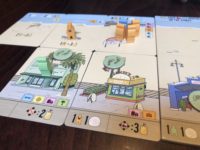
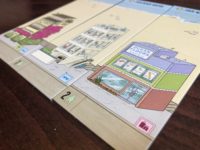
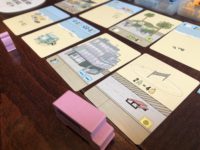
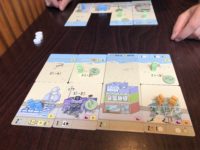



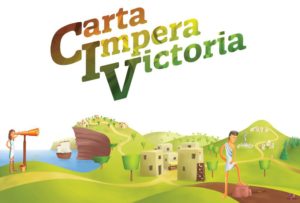
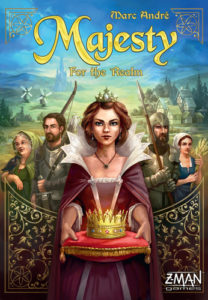
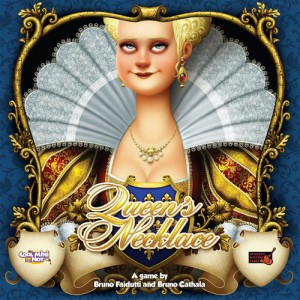
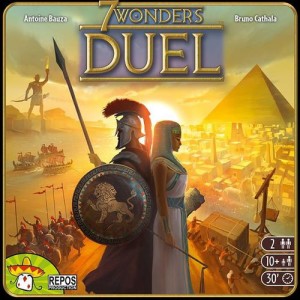
Sam says
Santa Monica is quite an interesting game in that it seems to strive for a similar laid-back vibe as its beachfront inspiration. Though there are certainly moments when your opponent takes the card you really wanted - and room for that kind of tactical blocking manoeuvre - the times when you're left with nothing productive at all are few and far between - there's just enough flexibility in these overlapping puzzles to always give you options.